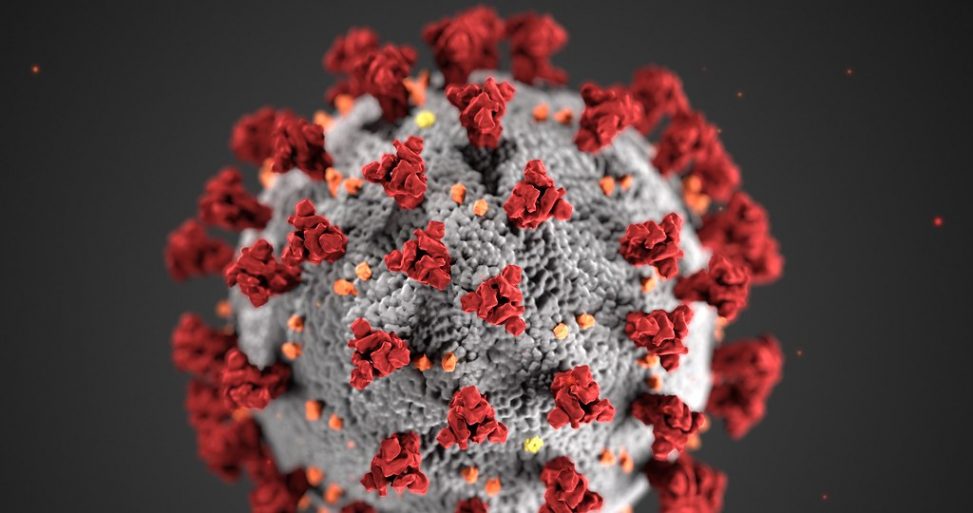There are many unknown properties of COVID-19, the virus responsible for the current global pandemic. One pressing question concerns the origin of the virus and whether this was natural or artificial. Thanks to new research from the Scripps Research Institute, we now know that COVID-19 has a natural origin and is not the product of deliberate genetic engineering. By studying the genetic data of the virus and testing this data with computational models, the researchers have proven that the virus was not artificially engineered from past viruses.
This discovery was made by looking at genetic sequencing data for COVID-19 and studying the binding domain of the spike protein found in COVID-19. This binding domain was found to be effective in targeting molecular features of human cells but did not share genetic similarity with past coronaviruses.
Spike proteins are extensions on the outside of a virus that it uses to attach to and to penetrate the walls of animal cells. The researchers studied the genetic material of the receptor-binding domain of COVID-19, which is a sort-of grappling hook like structure at the end of the spike protein. This binding domain is the most variable part of the coronavirus genome, and it was found to be highly optimized for binding to receptors on the surface of human cells.
However, when computational analyses were used to predict the interaction of the binding domain and human cell receptors, the binding was found to not be preferable. This contradiction suggests that this highly effective binding observed in viral cultures is most likely the result of natural selection on a human or human like receptor. Additionally, the genetic data from COVID-19 spike proteins differed significantly from past coronaviruses and mostly resembled related viruses found in bats and pangolins.
The researchers have posed two possible hypotheses for the origin of COVID-19. The first suggests that the virus became pathogenic (started causing a disease) via natural selection in a non-human host and then transferred to humans. The previous SARS and MERS coronaviruses originated in this way. COVID-19 is very similar to a bat coronavirus but there is no current record of bat-human transmission of the virus. In this possibility, the binding domain of the spike protein of the virus would have evolved to bind to animal cells prior to entering humans.
The other possibility suggests that a non-pathogenic version of the virus transferred to humans from an animal host and then evolved the binding domain of its spike protein to become pathogenic. Some coronaviruses in pangolins and bats bare similarities to COVID-19, and these could have been transmitted to humans either directly or from an intermediary host. This would explain why the virus has been effective in causing a pandemic as when it was non-pathogenic, it was highly capable of spreading discretely in the human population.

Image from Tony via Flickr

Image from bertoguide via Flickr
Bats and Pangolins are considered the most likely carriers that transferred COVID-19 to humans as they both have coronaviruses that share similarities to COVID-19.
The researchers have stressed that it is currently difficult to know which hypothesis is more credible. They claim that obtaining related viral genetic material from animals is the most definitive way of revealing COVID-19’s origins. Understanding the mode of origin of the outbreak will help professionals in prevention of future animal-jumped outbreaks.
If the virus became pathogenic before it entered humans, there will be a higher probability of future outbreaks as it would be uncertain whether the virus was still circulating in animals. In conditions where the virus became pathogenic after entering humans the chances of outbreaks would be lower as pathogenic occurrence could be monitored.
Sources:
Andersen, K.G., et al. 2020. The proximal origin of SARS-CoV-2. Nature Medicine.

maricha
Definitely a very newsworthy article! Nice job explaining the structure of the virus and the two hypotheses of the researchers. This article really made me think about how we view the natural world and our interactions with different species. I also really liked that you had an inset quotation.